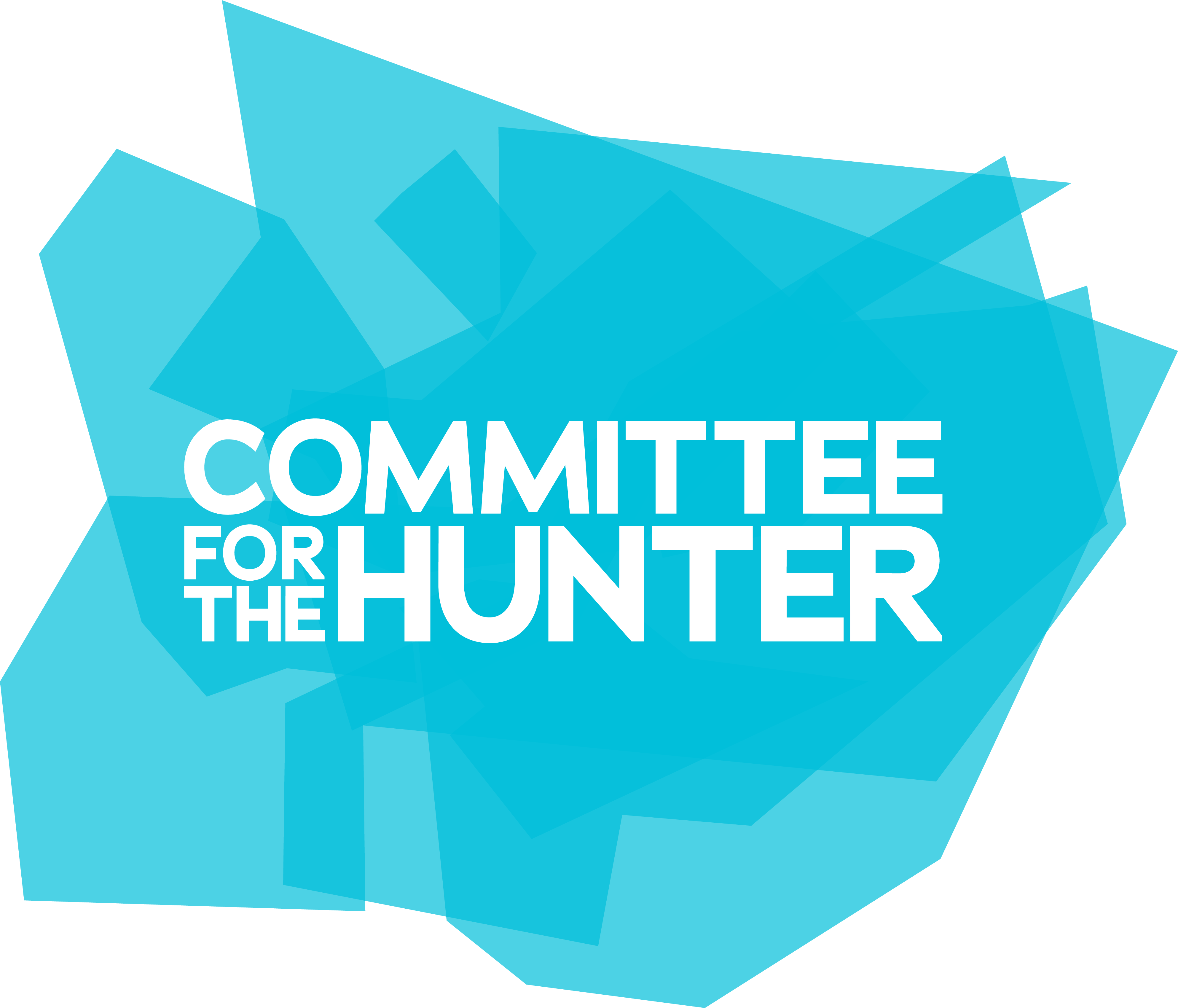Newcastle Herald By Michael Parris

A key Hunter lobby group says the state government must start investing more in the region’s “under par” bus and train network as Infrastructure Minister Rob Stokes releases a new transport strategy for NSW.
The state’s Future Transport Strategy includes a renewed emphasis on developing a fast rail network with a northern line which would cut travel times between Sydney and Newcastle to “about one hour”.
The document updates a similar 2018 transport vision and is the first to encompass the government’s new “six cities” strategy for a “global mega-region” combining Sydney, Wollongong and the Lower Hunter.
The government announced on Monday that one of its first initiatives under the transport strategy would be four new “one-stop-shop” transport hubs in Parramatta, Chatswood, Wollongong and Coffs Harbour.
Committee for the Hunter chief executive Alice Thompson said the decision to pilot the hubs in Sydney and in “regional cities a fraction the size and need of Newcastle, on top of an $11 billion redevelopment of Central Station”, made it “harder to defend perceptions the Hunter keeps missing out”.
Ms Thompson, whose committee represents dozens of major companies, government entities and education organisations, said the “principles and focus” of the strategy were “strong”, but she wanted to see a “higher level of ambition and funding” for the Hunter.
“The Hunter is a $63 billion economy entering structural adjustment as NSW pursues net zero and clean energy,” she said.
“Our public transport services are way under par for a region of this size, which is limiting access to housing, education and jobs and reducing our competitiveness.
“The difference in levels of investment in Sydney and the Hunter is not explained by us being remote, small or lacking in resources.”

The strategy shows the Lower Hunter has the lowest use of public or active transport, such as cycling or walking, of the “six cities” which comprise the Sydney mega-region.
Public or active transport makes up just over 10 per cent of all trips in the five Lower Hunter council areas, compared with 30 per cent in Greater Sydney.
The strategy includes a map showing a future tram line to Broadmeadow and reinstatement of the train from Maitland to Cessnock, but it does not say when these projects could proceed.
The government committed $275 million over four years for fast rail planning in this year’s budget and $500 million to duplicate the rail line between Wyong and Tuggerah.
It called for tenders last month from “operational” and “technical” advisers on fast rail.
One map in the strategy shows a fast rail route approximately along the existing heavy rail route through northern Lake Macquarie to the transport interchange in Newcastle West.
It shows the line stopping in Newcastle rather than continuing up the coast.
“Fast rail is prominent in the strategy,” Ms Thompson said.
“At least there is a budget commitment to fast rail, but no such commitment to improve commuter services within the Hunter region, which is a much more urgent priority.
“When the federal government announced a boost in skilled migration, the Hunter should be first in line, putting our hand up and saying bring them here.
“But to do this we need the planning and the infrastructure to improve services for residents now and manage growth into the future.”
The government strategy estimates the state population will grow from 8.2 million to 11.5 million by 2061 and “regional NSW will grow faster than previously forecast”.
The strategy sets goals of ensuring most people can access key health, education, shopping and recreation destinations in their city by public transport in 30 minutes and launching public transport connections on “day one” of people moving into new subdivisions.
“Applying the 30-minute metropolitan city concept to new developments can improve land use planning, support more sustainable travel and reduce urban sprawl and the requirements and costs associated with developing state and local road networks,” it says.
“In established suburbs, Transport for NSW will support state agencies and councils’ urban renewal and local infill developments around centres and public transport corridors by reviewing new infrastructure and services so they are aligned with growth and place-based objectives.”
The strategy also says TfNSW will “focus on enabling continuous and connected walking and cycling networks which integrate with public transport and green infrastructure”.
Parliamentary secretary for the Hunter Taylor Martin said the “six cities” vision “plays a significant role in informing future decision making”.
“That is of particular benefit to locals in the Lower Hunter and Greater Newcastle City areas as it will provide for more choice for locals to live and work in ways that suit them best,” he said.
